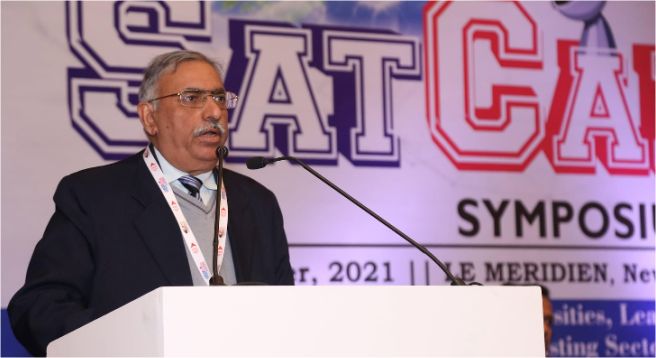Broadcast and cable industry is at a great threat owing to the proposed C-band spectrum allocation to India’s telecom operators, as part of 5G auction plans, which has the potential to derail the businesses of the TV channels and cable operators owing to spectrum interference issues, DTH operator Dish TV’s Technology Advisor Amitabh Kumar has said.
“700 Mhz band, used for cable TV is now identified for auctions for 5G and 4G services…The problem is that the use of these very bands is critical for cable TV and rural broadband to be delivered by LCOs and MSOs,” Kumar said last week at Aavishkar Media Group-organised SATCAB Symposium, attended by a large number of industry people and senior government officials from MIB and DoT.
Making a presentation during a session on India’s regulatory regime, which continues to be challenging, Kumar highlighted how the broadcast industry’s move to truncate operations over years and use limited spectrum in C-band has returned to bite it as other sectors have now started claiming ownership of the vacated bandwidth.
“Telco industry lobbying for use of C band spectrum beyond 3.6 Ghz will cause disruption to broadcast industry businesses, which… too is reeling under other challenges,” Kumar warned, adding associated uplink bandwidths of 5.9 Ghz to 6.4 Ghz also need to be protected to avoid disruptions and disturbances in cable Tv and broadcast services.
Dish TV, India’s first private sector DTH platform, counts broadcaster Zee (soon to be merged with Sony Pictures Networks India) and MSO Siti Networks as its siblings and has interests in digital media too.
While enumerating other challenges being faced by the broadcast and cable sectors like NTO 2.0, endless requirements of permissions and licenses, spectrum fees, audit requirements and lack of adequate satellite capacity, amongst others, Kumar, however, emphasized the threat of C-band takeover by the telcos could lead to widespread disruptions and is a clear and present danger.
“A transparent, long term spectrum plan is essential with assured protection to the broadcast industry,” Kumar said in his presentation, adding that government agencies should define the solutions and operational framework.
So, why is the 700 MHz band critical to the cable TV industry? Kumar provides some answers.
The VHF, UHF and upper UHF bands, which span from 300 MHz to 850 MHz, are extensively used for cable TV in India and such ops remain coaxial or hybrid coaxial. In most areas, now digital, the frequencies in these bands are fully used for broadband and digital TV. With nearly 800 channels, including HD, and 50-100 Mbps of broadband delivered to homes, the use of the spectrum till 850 MHz is an essential need for the cable TV industry.
According to Kumar, 4G and 5G services, with their high power transmission in LTE environment, would cause interferences in the operation of cable networks, which are mostly coaxial and laid over ground.
“Various international studies, including those affiliated with the ITU, IEEE, and field trials conducted have concluded that the IMT and satellite services cannot co-exist in the same geographical area, and that the IMT operating in 3.4-3.6 MHz will have detrimental effects on satellite reception in the entire 3.4 – 4.2 GHz band. The situation will be even worse if bands up to 3700 MHz are used as per the (India’s) NFAP 2018,” Kumar’s presentation pointed out.
Department of Telecommunications (DoT)’s move to reduce the guard band from 100 MHZ to 30 MHz could further complicate matters, Kumar said.
He cautioned the cable operators present in the audience that their businesses could get negatively impacted as they would need to deploy and invest in filters and suffer interferences in their networks.
“Hundreds of thousands of operators are likely to be affected.
Over 20 Indian and foreign satellites over India will lose 50 percent of (their) capacity. These include (Indian) GSAT satellites recently launched such as GSAT-30 and GSAT-10,” Kumar pointed out.
 WAVES driven by industry; govt just a catalyst: Vaishnaw
WAVES driven by industry; govt just a catalyst: Vaishnaw 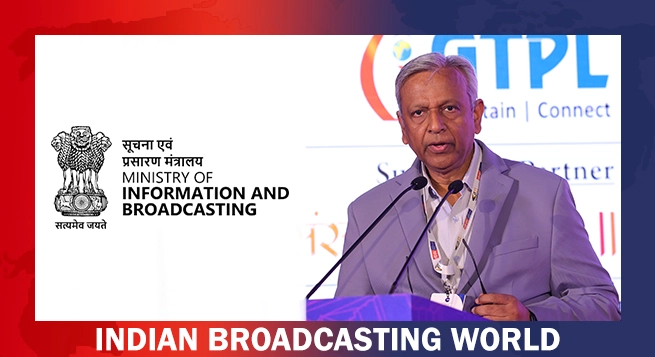 In officials’ reshuffle, Shankar moves out of MIB; Prabhat comes in
In officials’ reshuffle, Shankar moves out of MIB; Prabhat comes in 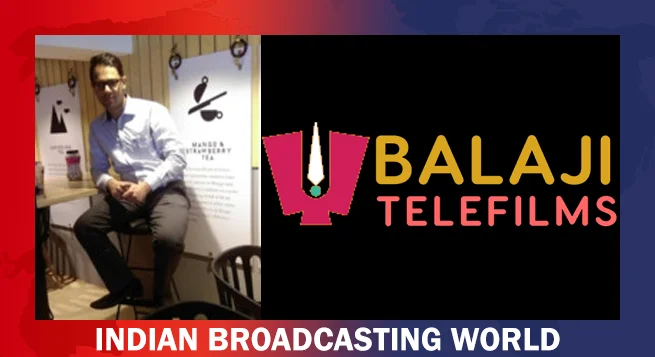 Balaji Tele elevates Viren Trivedi to finance controller
Balaji Tele elevates Viren Trivedi to finance controller 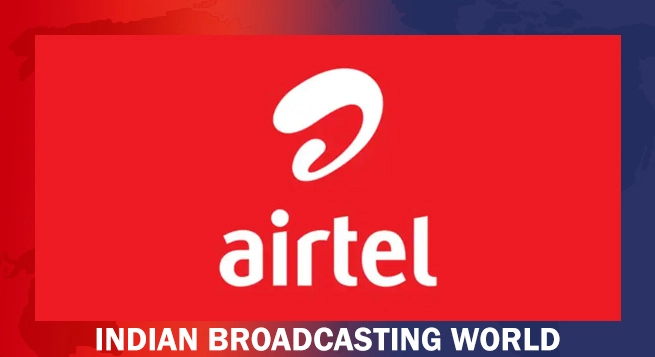 Airtel app gets smarter with Indian languages
Airtel app gets smarter with Indian languages 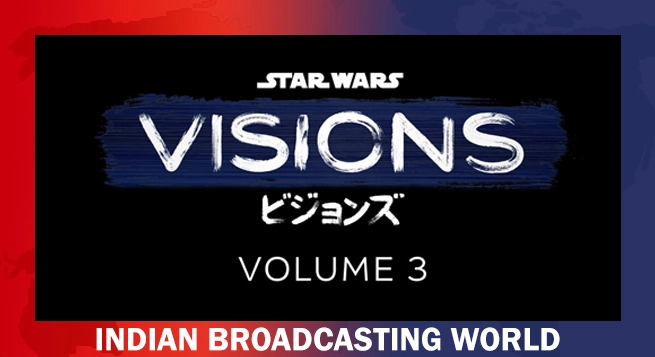 ‘Star Wars: Visions’ renewed for S3
‘Star Wars: Visions’ renewed for S3 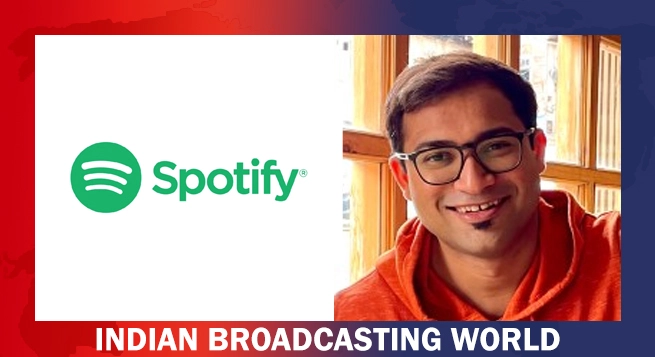 Pulkit Mathur now Spotify’s head of product & growth marketing
Pulkit Mathur now Spotify’s head of product & growth marketing 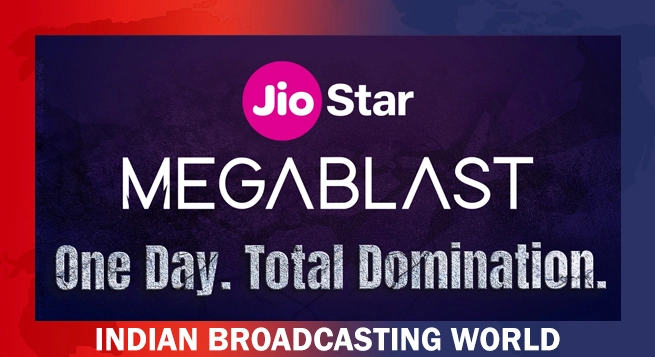 JioStar unveils TV, digital ad initiative MegaBlast
JioStar unveils TV, digital ad initiative MegaBlast 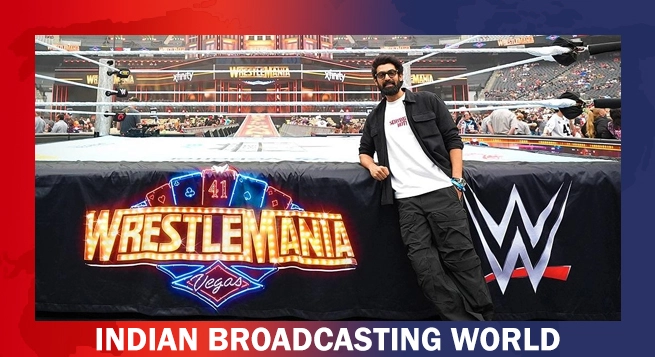 Rana Daggubati represents India at WrestleMania 41
Rana Daggubati represents India at WrestleMania 41 


